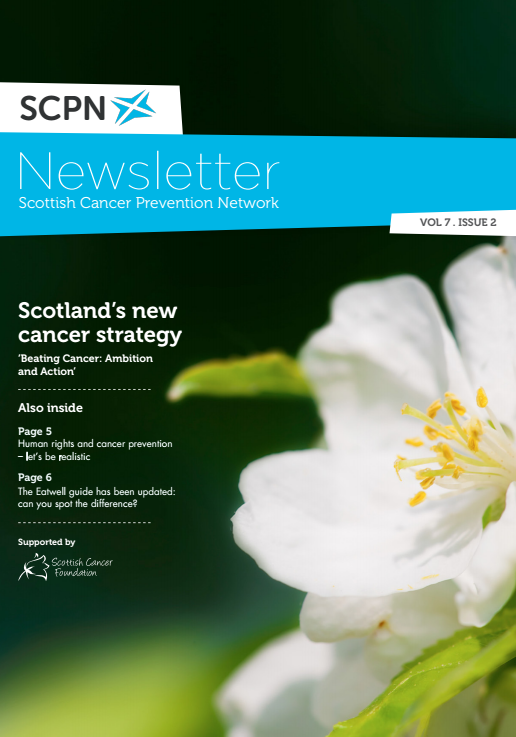
Carcinogens in the workplace

20 May 16 |
Prof Andrew Watterson, Occupational and Environmental Health Research Group, University of Stirling
Legislation to protect workers against health and safety risks from exposure to carcinogens or mutagens at work with the aim of preventing occupational cancers was first adopted in the European Union in 1990. The directive (CMD Dir. 2004/37/EC; Annex III) specifies the safe limit values for benzene, vinyl chloride monomer, and hardwood dust. In addition to these, asbestos and lead have safe limit values defined in other directives (CAD Dir. 2009/148/EC; art. 8 and Dir. 98/24/EC; Annex I respectively).
As exposure to these five carcinogens accounts for less than 20% of actual worker exposure to carcinogenic substances, there exists a lack of protection in place to adequately prevent occupational cancer. It is estimated exposure in the workplace currently causes more than 100,000 cancer deaths each year.
Legislative reform is urgently required and is supported by the trade unions and several member states. In December 2014 the European Trade Union Confederation’s Executive Committee asked the ETUI to identify the carcinogenic substances and procedures for which a limit value should be defined at European level. The resulting report identifies 71 substances and procedures.
Adopting European legislation to set a binding exposure limit value to address these findings would result in a significant reduction in worker exposure levels and subsequent occupational cancers.
This article was originally published in the SCPN Newsletter Volume 7, Issue 2. Read the full issue here, or read the digital edition below (great full screen on mobiles).

The SCPN Newsletter: Volume 7, Issue 2
In our second issue of 2016, Scotland's new cancer strategy, human rights and cancer prevention, the updated Eatwell guide, as well as the usual breakdown of cancer prevention research and news from the Scottish Cancer Prevention Network.